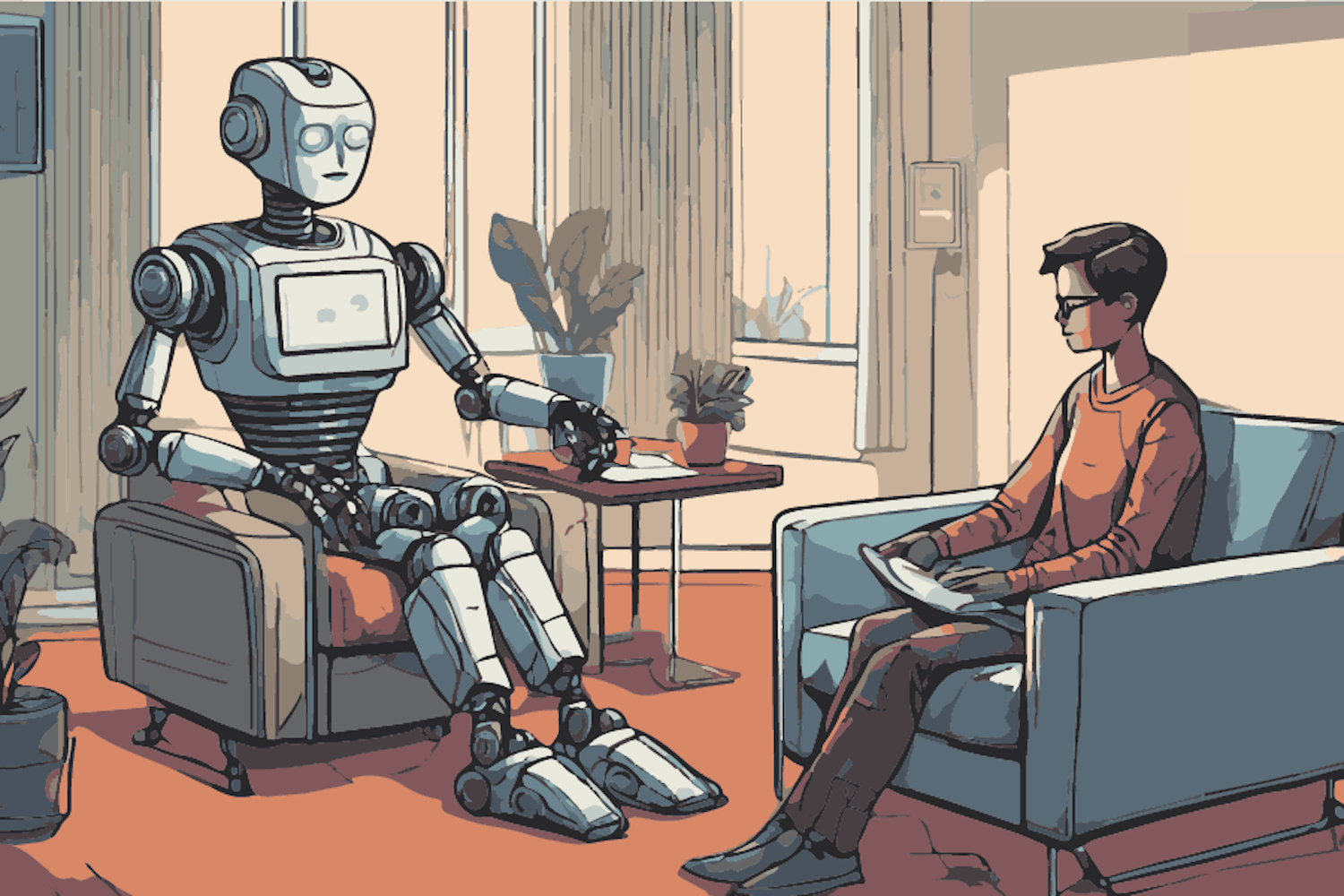Marx is rolling in his grave. The agony uncle column in last weekend’s Financial Times has a reader claiming his new $2,000 carry on bag is inconvenient to open and asking whether the columnist has a suggestion for something else. The columnist suggests buying a Goyard bag, which runs for about $4,000 used. Something is wrong.
Recent payroll figures reported to the Social Security Administration show that 50 percent of workers in the U.S. have an income of $26,363 or less. Just over 66 percent of workers bring in $39,539 or less. The average income after taxes of the top 1 percent, [CS3] meanwhile, is $1.3 million, up 275 percent in 2007 from 1979. The bottom 20 percent of workers saw a pay increase of 18 percent in the same 20-year period. These differences put the U.S. among the most unequal countries in the world, having a similar income distribution to Rwanda and Uganda.
And such a gap comes with problems. The U.S. has one of the lowest social mobility rates in the world. A 2010 report from the Organization of Economic Cooperation and Development shows that income for American workers is very closely linked to the income of their parents. The report offers some explanation saying that social expectation and the caliber of education affect how much a person will earn.
That seems obvious enough, yet it goes against some core American beliefs. As collected by the Pew Foundation, 62 percent of Americans believe their children will make materially more than they did. Interestingly, when asked what factors affect income potential, few people said factors outside of their control, such as the economy and job availability and instead focused on personal attributes such as work ethic and attitude.
There is a problem. Trends show that students today will make around what their primary earning parent makes because of factors outside of their control, yet most also believe that with a strong enough work ethic they will make materially more than their parents. That means that ASU’s near $10,000-a-year tuition is being invested to get a job that pays under $39,000 per year, for life.
And $39,000 a year might be enough to live on. But it also might not be. The February Consumer Price Index data was released Friday and shows that food costs are up 4.4 percent over the past year and energy prices are up 6.1 percent. To some those might seem to be insignificant amounts, but they’re not, especially in context of the current times. Companies such as ASU are firing employees to rehire them as contractors, and those they keep are getting no wage increases.
It’s a double whammy, then. A 4 percent increase per year means a basket of groceries at $20 freshman year will cost $23.40 senior year. At 6 percent, $40 to fill a gas tank will come to $50.50 at graduation. That's peanuts, perhaps, except that the average student loan debt is $25,000 and also that 50 percent of American workers could buy just four Goyard handbags per year, assuming they spend on nothing else. Quite an inconvenience, indeed.
Reach William at whamilt@asu.edu
Click here to subscribe to the daily State Press newsletter.



